Is Your Thailand Factory Struggling with manual handling in food & pharma industries? Try a Pallet Changing Machine
Struggling to keep up with hygiene standards in your Thailand food or pharmaceutical factory? Are you constantly worried about the risks of manual handling, from worker injuries to product contamination? You see your team manually transferring heavy loads from one pallet to another. It's a slow, painstaking process. Every time a box is dropped, it's a direct hit to your profits. Every time a worker strains their back, it's a potential safety incident and lost productivity. This manual process feels outdated and inefficient, especially when a single contamination from an outside pallet could trigger a devastating product recall, damaging the reputation you've worked so hard to build.
A pallet changing machine is an automated or semi-automated system designed to transfer a full load of goods from one pallet to another without manual intervention. For food and pharma factories in Thailand, it's the definitive solution to these manual handling challenges. It directly addresses the critical issues of hygiene, worker safety, and operational speed. The machine efficiently swaps incoming wooden or external pallets for clean, in-house plastic or aluminum pallets, creating a physical barrier that ensures a contamination-free production environment. This is how modern facilities protect their products and their people.
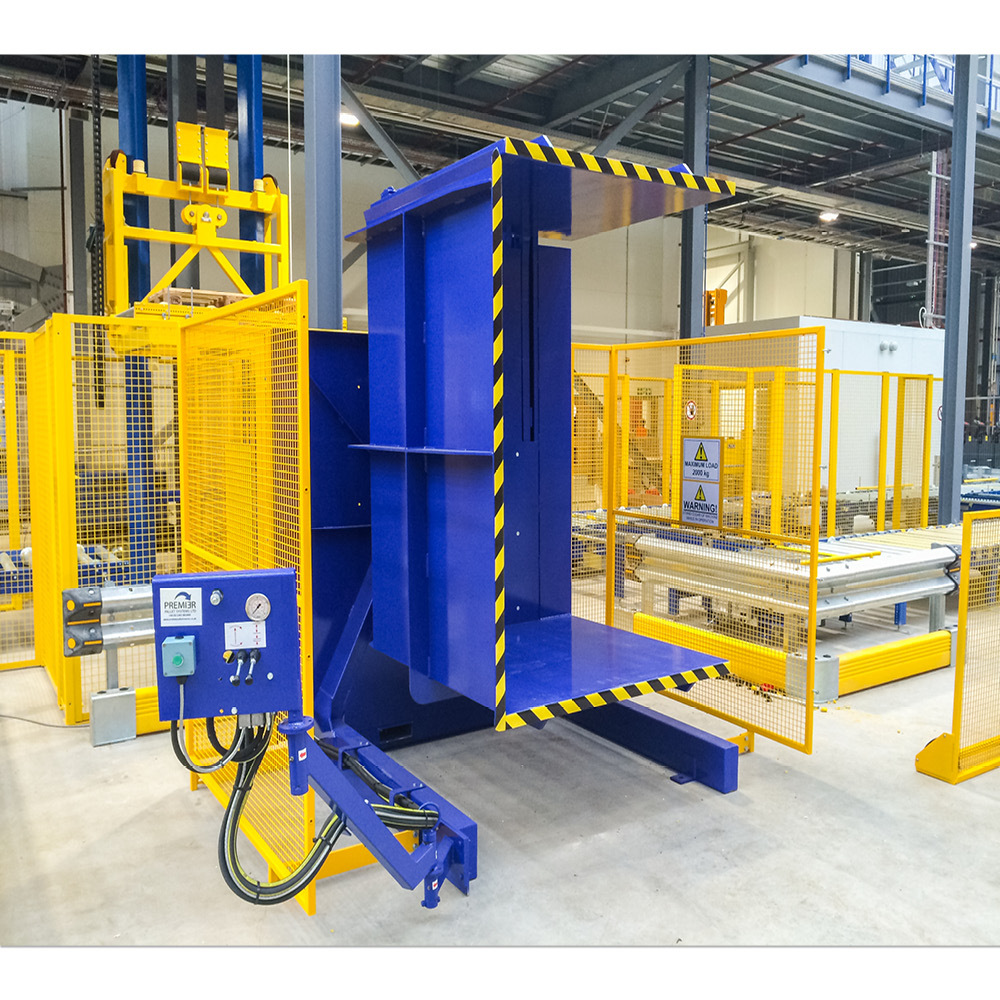
I’ve spent my entire career in the packing and handling industry, first as an engineer and now as a factory owner. I’ve seen firsthand how a single, well-chosen piece of equipment can revolutionize an entire operation. You're likely wondering how exactly this machine works, if it's suitable for your specific products, and what the real return on investment looks like. These are the right questions to ask. Let's break down the answers, drawing from my experience helping countless factories solve these exact problems.
How can a pallet changer improve hygiene and safety in a Thailand food & pharma facility?
Are you in a constant battle to maintain a sterile environment inside your facility? Do you worry that the wooden pallets arriving from outside suppliers are silent carriers of dust, pests, and moisture, threatening to breach your cleanroom standards? At the same time, are you concerned about the physical toll on your workers as they lift, carry, and restack heavy, awkward loads day after day? These are not small concerns. A single contamination event can lead to a full-scale product recall. A single back injury can result in high compensation costs and the loss of a valuable team member. The pressure to maintain both perfect hygiene and a perfect safety record is immense.
A pallet changer drastically improves hygiene by allowing you to transfer goods from external, often-contaminated wooden pallets to sanitized, in-house plastic or metal pallets before they enter sensitive production areas. Simultaneously, it enhances safety by automating the lifting and transfer process. This automation eliminates the strenuous manual labor that is a leading cause of musculoskeletal injuries in food and pharma facilities across Thailand. It acts as a gatekeeper, securing both your product integrity and your employees' well-being.
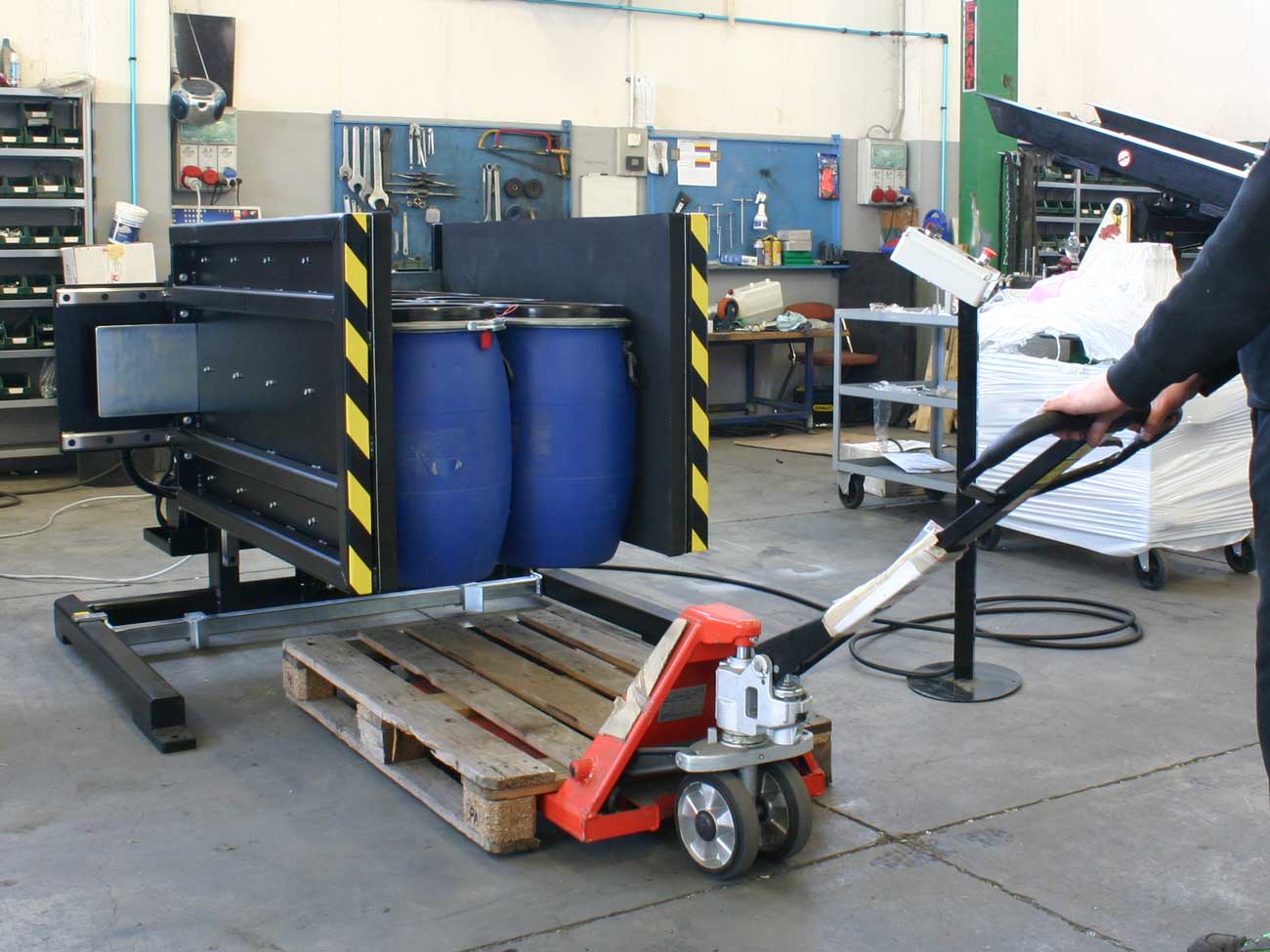
The Hygiene Barrier: Creating a "Clean Line"
In the food and pharma industries, the concept of a "clean line" or "red line" is critical. It's a physical or procedural boundary separating raw material and external packaging areas from the clean, controlled production environment. Wooden pallets are one of the biggest threats to this line. They arrive from uncontrolled environments and can carry a host of contaminants:
- Moisture and Mold: Wood absorbs moisture, creating a breeding ground for mold and bacteria.
- Pests: Insects and their larvae can hide in the cracks and crevices of wooden pallets.
- Debris: Splinters, dust, and dirt are constantly shed from old wooden pallets.
A pallet changer enforces this clean line perfectly. It functions like an airlock for your goods. The forklift from the loading dock brings the wooden pallet to the "dirty" side of the machine. The machine then transfers the entire product stack onto a clean, sanitized plastic or aluminum pallet on the "clean" side. No wood, no dirt, no pests cross the line. This is a simple, physical guarantee of hygiene that auditors and clients love to see. I remember visiting a pharmaceutical plant in Asia where they were failing audits because of pallet-borne contamination. Installing a pallet changer at their receiving bay solved the issue almost overnight and became a key selling point in their quality control story.
The Safety Revolution: Protecting Your Most Valuable Asset
Manual pallet handling is one of the most dangerous jobs in a warehouse. It leads to a high rate of Musculoskeletal Disorders (MSDs), which include back injuries, shoulder strains, and repetitive stress injuries. The process is inefficient and risky. It typically involves two or more workers manually unstacking a pallet, moving the goods, and then restacking them on a new pallet. This is not only slow but also introduces multiple opportunities for human error, product damage, and injury. An automated pallet changer transforms this hazardous task into a safe, one-person operation. An operator, often the forklift driver, simply places the pallet in the machine and pushes a button.
Let's compare the two methods directly:
| Feature | Manual Pallet Transfer | Automated Pallet Changer |
|---|---|---|
| Labor Required | 2-3 workers | 1 operator |
| Time per Pallet | 5-15 minutes | < 1 minute |
| Risk of Injury | High (back strain, repetitive stress) | Very Low |
| Risk of Contamination | High (direct contact with product/packaging) | Minimal (no-touch transfer) |
| Product Damage Rate | Moderate (from drops, impacts, shifting) | Very Low |
| Process Consistency | Low (depends on workers' speed and care) | High (perfectly repeatable process) |
By removing the physical strain, you not only protect your employees but also improve morale and reduce turnover. A safe workplace is a productive workplace.
What is the real ROI of a pallet changing machine beyond just labor savings?
You see the initial investment cost for a new machine and immediately think, "Can my budget handle this right now?" You understand it will save on labor costs, but you question if that alone is enough to justify the capital expenditure. It's a fair question, but focusing only on labor is a common mistake that causes many businesses to miss the bigger picture. This narrow view overlooks the hidden costs that are currently draining your profits: money lost to product damage during manual handling, production delays caused by this bottleneck, and the enormous potential cost of a recall due to contamination.
The real ROI of a pallet changing machine is comprehensive and goes far beyond a simple reduction in headcount. It encompasses significant cost reductions from minimized product damage, increased factory throughput due to much faster cycle times, and the near-total elimination of contamination risks and their associated recall costs. It also boosts employee morale and retention by creating a safer, more modern work environment. These combined benefits deliver a much faster and more substantial return on investment than a simple labor calculation would suggest.
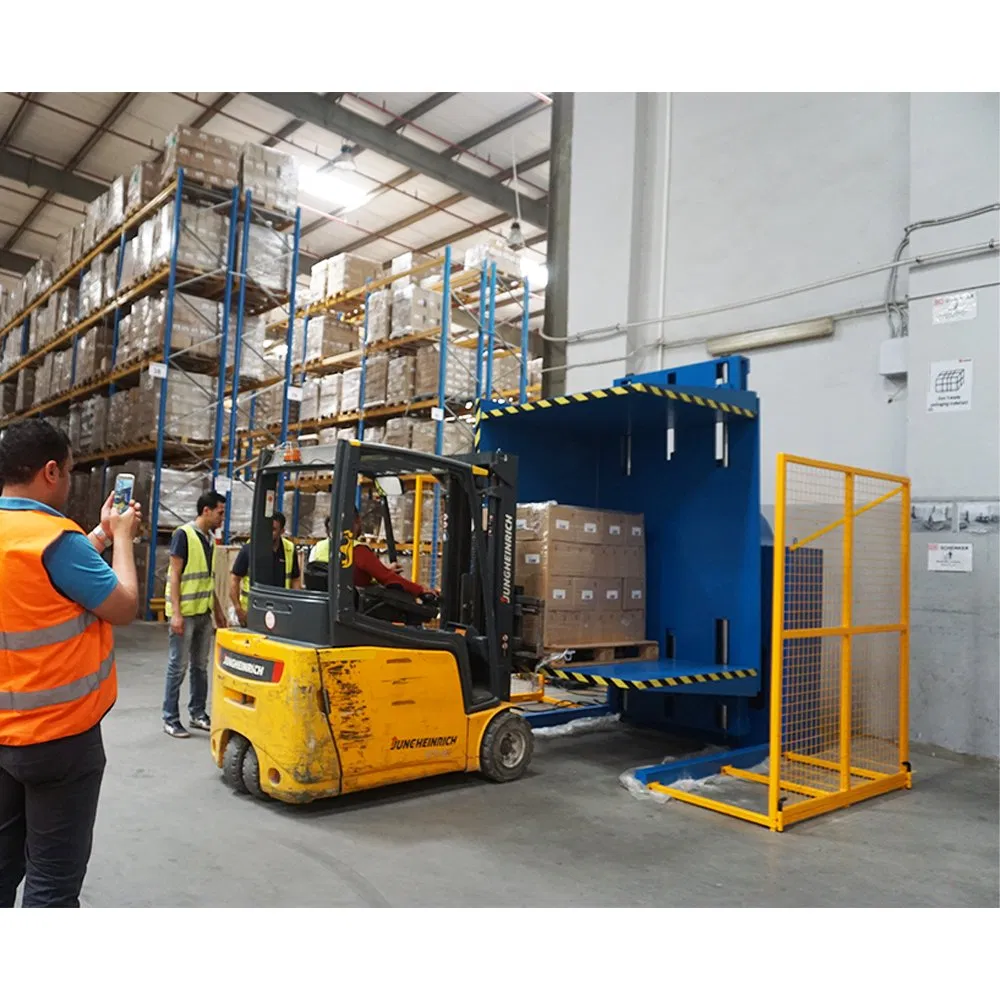
Calculating the True Cost of Inaction
Before you can see the return, you must understand the true cost of your current manual process. Let's break down the hidden expenses that don't always appear on a balance sheet but are very real.
- Cost of Damaged Goods: What is your current damage rate from manual handling? Even a 0.5% rate can be substantial. If you're handling high-value pharmaceuticals or sensitive food products, every dropped or crushed box is a significant loss. A pallet changer handles loads smoothly and securely, drastically reducing this damage rate.
- Cost of Inefficiency (Bottlenecks): How long does it take your team to manually swap a pallet? Let's say it's 10 minutes. If you process 30 incoming pallets a day, that's 300 minutes, or 5 hours of labor, dedicated to a non-value-added task. A pallet changer does the same job in under a minute, freeing up those 5 hours for more productive activities. It breaks a major bottleneck in your receiving process.
- Cost of Worker Injury: The cost of one serious back injury can be enormous. There are direct costs, like medical bills and increased insurance premiums, and indirect costs, like overtime for other workers, hiring temporary staff, and lost productivity during the injured employee's absence.
- The "Insurance Policy" Against Recalls: This is the most significant, yet hardest to quantify, cost. A product recall in the food or pharma industry can cost millions of Baht, not to mention the irreparable damage to your brand's reputation. A pallet changer is like an insurance policy. It provides a robust, verifiable control point that prevents pallet-borne contamination, protecting your business from the worst-case scenario.
A Sample ROI Calculation
Every factory is different, but let's use some illustrative numbers for a factory in Thailand.
| Cost/Saving Area | Manual Method (Annual Cost) | Pallet Changer (Annual Impact) |
|---|---|---|
| Labor Cost | ฿900,000 (2 workers x ฿450k/yr) | -฿675,000 (1 operator, 50% time) |
| Product Damage | ฿300,000 (0.5% damage rate) | -฿270,000 (rate drops to 0.05%) |
| Worker Injury | ฿150,000 (avg. insurance/comp cost) | -฿150,000 (risk nearly eliminated) |
| Throughput Gain | N/A | +฿500,000 (value of new capacity) |
| Total Annual Positive Impact | +฿1,595,000 |
Note: These are sample numbers. I always advise clients to plug in their own data for an accurate picture.
When you look at it this way, the machine often pays for itself in less than 1-2 years. It stops being an expense and becomes a profit-generating asset.
How do you choose the right pallet changer for your specific application?
So, you're convinced that a pallet changer is the right move for your factory. But now you face a new challenge: the market is full of different models. You see terms like "pusher," "inverter," "side-clamp," and "squeezer." It can feel overwhelming. How can you be certain which model is right for your products? Choosing the wrong one could be a disaster, potentially crushing your sensitive goods, failing to handle your load weights, or creating a new bottleneck because it doesn't fit your workflow.
Making the wrong choice is a costly mistake that turns a potential solution into a brand-new problem. The key to avoiding this is to systematically analyze your specific needs before you start looking at brochures or talking to salespeople. I guide my clients through this process all the time. By clearly defining your product characteristics, load specifications, and operational flow, you can narrow down the options and confidently select the perfect machine for your Thailand facility.
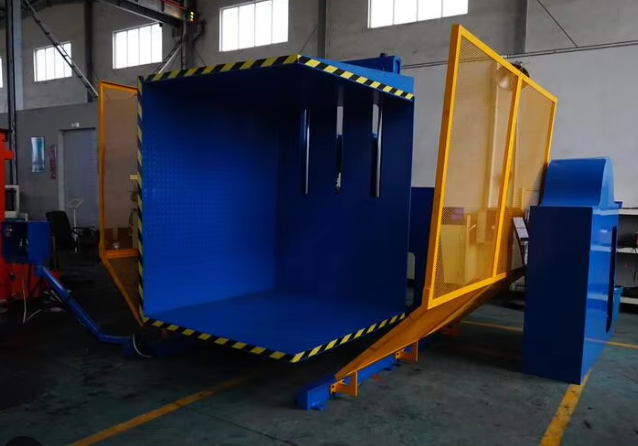
Step 1: Analyze Your Product and Load
The single most important factor is what you are moving. The nature of your product will immediately rule out certain types of machines.
- Are your loads robust and stable? If you are handling sturdy, well-wrapped, boxed goods that can withstand some pressure, a Pallet Pusher is often the most cost-effective and fastest option. It uses a pushing plate to slide the entire load from the old pallet to the new one.
- Can your product be inverted? For products like sacks of ingredients, plastic pails, or solid boxed items, a Pallet Inverter is an excellent choice. This machine clamps the top and bottom of the load and rotates it 180 degrees. The old pallet is then on top and can be easily removed and replaced. This is also very useful for removing freezer spacers.
- Are your loads fragile, unstable, or varied? For delicate pharmaceuticals in vials, open-top containers, or tall, unstable stacks, you need a gentler approach. A Side-Clamp (or Squeezer) machine is ideal. It uses soft-surfaced walls to gently clamp the sides of the load, lift it slightly, and then move the old pallet out and the new pallet in underneath. It puts no pressure on the top or bottom of the load.
Step 2: Know Your Pallets and Throughput
Next, you need to consider the containers and your speed requirements.
- Pallet Types: What are your incoming pallets? Are they standard size, Euro pallets, or inconsistent wooden pallets? What are your in-house pallets? The machine must be able to handle both types seamlessly.
- Load Specifications: What is the maximum weight and dimensions (L x W x H) of your loads? Every machine has a maximum capacity that cannot be exceeded.
- Throughput: How many pallets do you need to process per hour? This will determine the level of automation you need. A manual or semi-automatic machine might be fine for 5-10 pallets per hour, but for higher volumes, a fully automated, conveyor-fed system is necessary.
Step 3: Evaluate Your Space and Flow
Finally, look at your facility.
- Footprint: Where will the machine go? You need to account for the machine's physical size plus the access area for forklifts or pallet jacks on both sides.
- Loading Method: Will you be loading with a forklift or a low-profile pallet jack? Some machines require a pit or a ramp for ground-level loading, while others are forklift-only.
Here is a simple table to help you decide.
| Machine Type | Best For | How it Works | Key Consideration |
|---|---|---|---|
| Pallet Pusher | Robust, stable, boxed goods | Pushes the load from old to new pallet | The load must be able to withstand side pressure. |
| Pallet Inverter | Sacks, drums, stable boxes | Clamps and rotates the load 180° | The product must be able to tolerate being turned upside down. |
| Side-Clamp | Fragile, unstable, or varied loads | Gently clamps the sides, lifts, and transfers | More mechanically complex, but offers the most versatility. |
By thinking through these three steps, you move from being a confused buyer to an informed decision-maker.
What are the integration and maintenance challenges of installing a pallet changer?
You've done your research and selected the perfect machine. But now, the practical concerns start to set in. How are we going to fit this into our existing production line without causing major disruption? Who is going to train our staff to use it correctly and safely? And what is our plan if it breaks down during a critical production run? These are not just details; they are critical questions that determine the success of the project.
The fear of operational disruption is completely valid. I have seen projects go wrong. A poorly planned installation can cause days of expensive downtime. A lack of proper training can lead to misuse of the equipment, causing damage and creating safety hazards. And without a solid maintenance plan, your shiny new asset could quickly become an unreliable liability. The solution to all these challenges lies in two things: meticulous planning and choosing a supplier who acts as a true partner. By working with a provider who offers comprehensive support, you can de-risk the entire process, from initial installation to long-term, trouble-free operation.
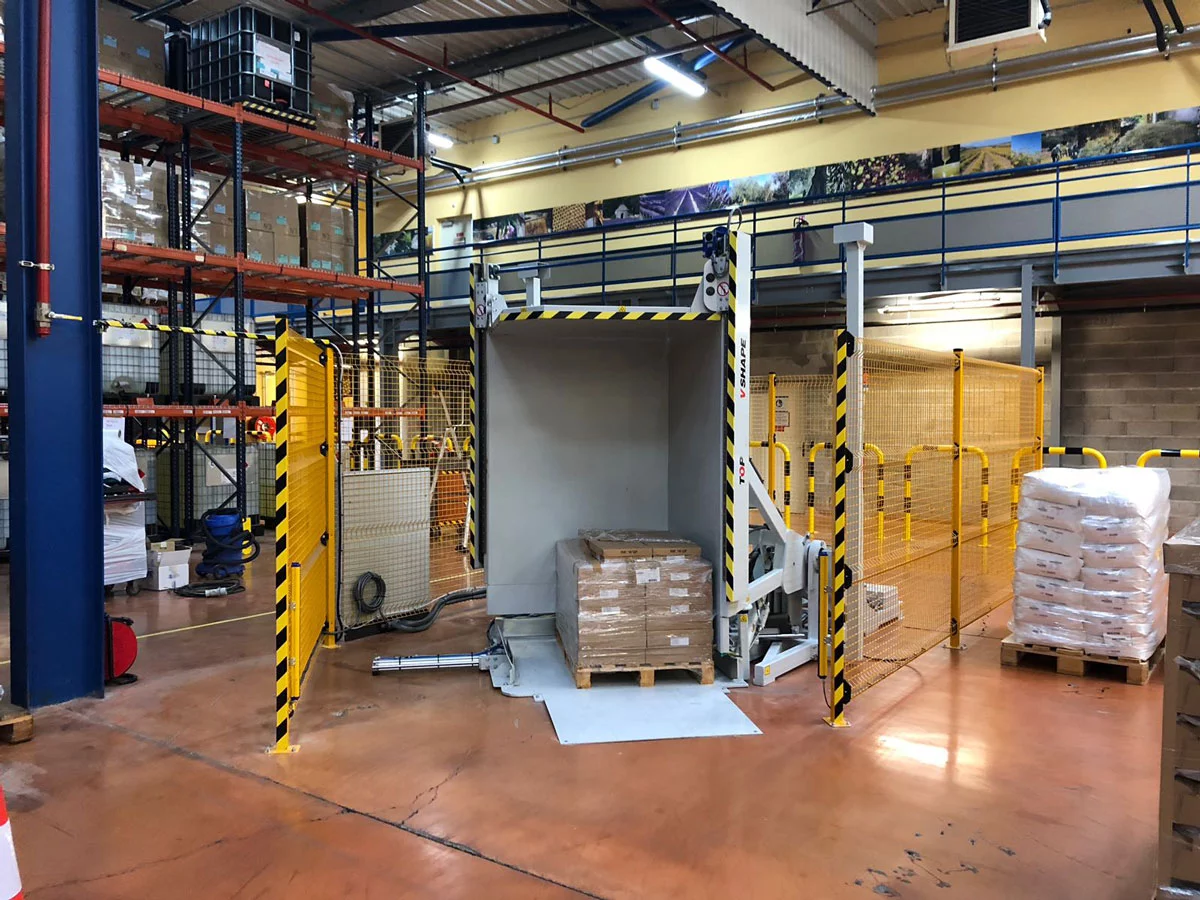
Integration: Making the Machine Part of Your Workflow
From my years as an engineer, I can tell you that buying the machine is only half the battle. Making it work for you day-in and day-out is what truly matters.
- Space and Layout: You need more than just the machine's footprint. You must plan for clear access lanes for forklifts, a safe operating zone for personnel, and enough space for maintenance technicians to work. A good supplier should provide detailed layout drawings and consult with you on the best placement to ensure a smooth flow of materials. It should not create a new bottleneck.
- Utilities: What does the machine need to run? You must confirm the required electrical supply (voltage, phase, amperage) and compressed air (pressure, volume) and ensure these utilities are available at the installation point before the machine arrives.
- Process Flow: A pallet changer doesn't exist in a vacuum. You have to map out the entire process. How does the pallet get to the machine? Where is the stack of clean pallets stored? Where do the empty wooden pallets go for removal? This might require adding staging areas, roller conveyors, or designated traffic paths to make the process efficient.
Training: Empowering Your Team for Success
A machine is only as good as the people who operate and maintain it.
- Operator Training: This must go beyond "push the green button to start." Your operators need to understand the machine's full capabilities. They should know how to select the right settings for different load types, understand all safety features like light curtains and emergency stops, and be able to perform basic troubleshooting for common issues.
- Maintenance Training: Your technicians are your first line of defense against downtime. They need in-depth training on the machine's mechanical, electrical, pneumatic, and hydraulic systems. They should be equipped with manuals, diagrams, and a clear understanding of the preventative maintenance schedule.
Maintenance: The Key to Uptime and Longevity
A reactive "fix it when it breaks" approach is a recipe for disaster. A proactive preventative maintenance (PM) plan is non-negotiable for critical equipment.
A good supplier will provide a detailed PM schedule. Here is a typical example:
| Frequency | Task |
|---|---|
| Daily | Visually inspect the machine. Check that all safety sensors are clean and functional. Listen for any unusual noises. General cleaning. |
| Weekly | Inspect chains, belts, and moving parts for proper tension and wear. Lubricate key points as specified in the manual. |
| Monthly | Check all hydraulic and pneumatic connections for leaks. Test all manual and automatic functions. Check electrical connections for tightness. |
| Annually | A full inspection by a certified technician is recommended. This is the time to replace key wear parts like bearings or hydraulic seals. |
I always tell my clients: the cost of a few spare parts on your shelf is nothing compared to the cost of a single day of lost production while you wait for a shipment. A good partner will help you identify the critical spares you should keep in stock.
Conclusion
A pallet changer is not just a machine. It is a strategic tool for your Thailand food or pharma factory to enhance safety, guarantee hygiene, and directly boost your bottom line.




